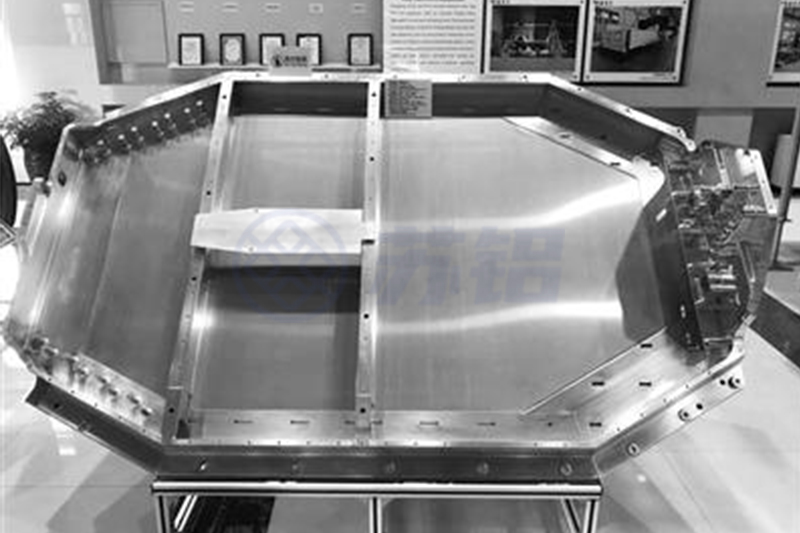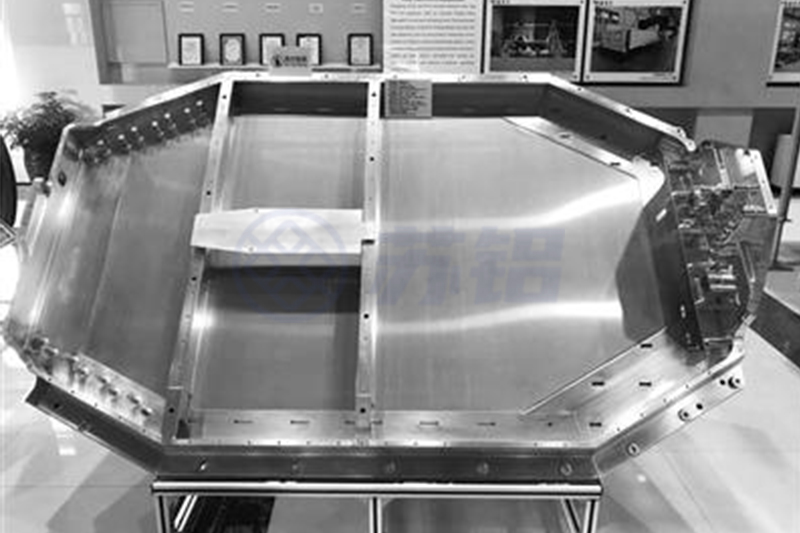
Battery tray
Sulv focuses on the two core fields of photovoltaic and new energy electric vehicles. The main products include: the development, manufacture, processing and sales of industrial profiles such as aluminum alloy profiles, photovoltaic solar aluminum frames, and new energy electric vehicle aluminum accessories.
Different from traditional vehicles, new energy vehicles use batteries as power to drive the vehicle. It is limited by the weight of the power battery, the cruising range of the power battery and the high pressure of the vehicle energy saving and emission reduction policy. In vehicle design and data application, its body Lightweight has become the first issue for car companies to think about. Therefore, battery-powered new energy vehicles are more urgently required to reduce body weight than traditional vehicles. This also opens up a wider market space for lightweight materials such as aluminum.
In automotive lightweight materials, the comprehensive cost performance of aluminum alloy profiles is higher than that of steel, magnesium, plastics and composite materials, and it has comparative advantages in terms of application technology, operational safety and recycling applications. The density of aluminum material is only 1/3 of that of steel, and its weight reduction and energy saving effects are obvious, and it can better improve the ride comfort on the premise of ensuring safety. At the same time, aluminum materials are more and more easy to recycle and reuse. The comprehensive cost-effective advantage of aluminum material determines that it becomes the choice for automotive lightweight applications.
The application parts of aluminum in new energy vehicle parts mainly include body, wheel hub, chassis, crash beam, floor, power battery and seat. According to the classification of processing methods, aluminum for automobiles is mainly divided into three forms: die-casting, extrusion and calendering. Among them, the consumption of die-casting parts accounts for about 80%, and the extrusion parts and rolling parts each account for about 10%. Die-casting parts are mainly used for initiators, wheels and other parts, extrusion parts are mainly used for seat frames, luggage racks, door beams, etc., and rolled parts are mainly used for aluminum plates for consumer bodies.
Among them, the body includes a body frame made of high-performance aluminum profiles and skins and doors made of high-precision aluminum sheets; aluminum alloy wheels (cast aluminum wheels or forged aluminum wheels); chassis includes high-strength large-section aluminum structure parts and aluminum Alloy forgings; anti-collision beam bumpers made of profiles; new energy bus floors; lithium-ion batteries including battery positive aluminum foil, battery aluminum shell and battery aluminum tray (European and American battery trays are all made of aluminum alloy profiles, domestic battery trays have both aluminum Alloy material, also stainless steel material); new energy bus seat system, etc.
In the past, new energy vehicles mostly used steel materials to manufacture electric vehicle power battery trays. Nowadays, many enterprises mainly use aluminum alloy profiles. The density of the aluminum alloy profile is 2.7g/cm3, and the aluminum alloy has obvious advantages in terms of shrinking or welding. The density of magnesium alloy is 1.8g/cm3, and the carbon fiber is 1.5g/cm3. These materials are used to produce battery trays, which will greatly improve the lightweight degree of new energy vehicles.
